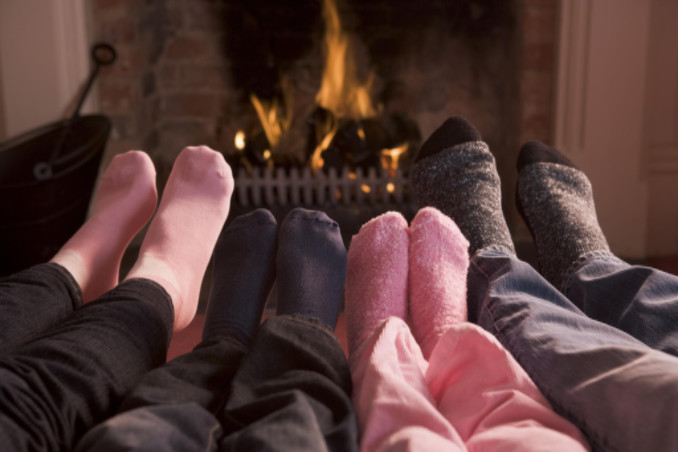
If you feel like the cooler winter air is making it into your home, it may be time to look at better insulating and weatherizing your home.
Believe it or not, up to 35% of the heat in your home can escape through walls, windows, doors, and other cracks and gaps. So, just by making small improvements, you can make your home more comfortable, your heating system more efficient, and your energy bill smaller.
How long since your heating unit was last checked?
Don’t get stuck out in the cold!
At Richmond’s Air, we’ve been doing heating and furnace repairs right since 2002. Our work is 100% guaranteed by a 1-year parts and labor warranty on repairs.
Main culprits of heat loss
Here are the main places that heat escapes from your home:
- Windows and doors – Gaps around windows and door can be a major source of heat loss, accounting for up to 20% of heat leakage. The best way to reduce this is to caulk around all of your windows and make sure the weather stripping around all of your doors is in good condition.
- Attic holes and doors – There are several small, necessary holes in your attic for vents, air ducts, and pipes to run through your house. Unfortunately, these holes can cause a fair amount of heat to escape. Caulking or foam insulation spray helps to seal up these holes and minimizes heat loss.
If your attic door is inside your home rather than your garage, a lot of heat can escape through there as well. If you have this set up, it’s important to keep the back of the door well insulated and even install weather stripping around the opening.
- Fireplaces – Even though you can’t beat a warm fire on a cold night, fireplaces are a major source of heat loss. If your damper is not sealed correctly, it can cause up to 14% of heat to escape through your chimney.
- Floors – This may be a less obvious place because you generally think of heat rising rather than escaping through your floor, but if your floors aren’t well insulated, a substantial amount of heat can leak through.
Houston, what’s your nighttime temperature?
In Houston, where temperatures can fluctuate dramatically, the question of when to turn on the heater for a comfortable night’s sleep sparks diverse opinions.
The Washington Post reports that “the average home – even when well-insulated – contains cracks and gaps between building materials that can add up to a hole about 14 inches square.”
So even if you feel like your home is sealed and secure, you may be losing more heat than you think.
At Richmond’s Air, we want to provide our customers in the Houston, Bellaire, Katy and Spring areas with the most efficient HVAC system possible. Talk to one of our certified HVAC technicians today to evaluate how we can help you reduce the amount of heat and air escaping your home.
 Read reviews
Read reviews









